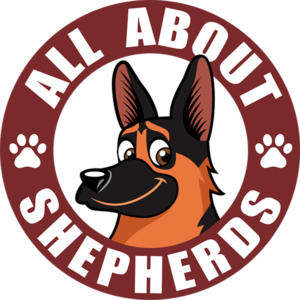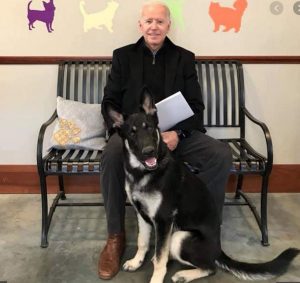When it isn’t your dog, it’s actually quite comical to watch. We’ve all seen them, the dog leading his owner on a wild goose chase around the dog park. The owner is yelling “Gosh darn it Chester, get back here!” and the dog is galloping about with his tongue lolling out, he’s not really laughing… but it sure looks like he is. It’s funny, that is until you are the one being made the fool. No one wants to get the middle paw when they are calling their dog to them, so pay close attention and avoid becoming the laughingstock of the dog park.
Step 1: The Base
When you are building something, everyone knows how important it is to start with a good foundation. The same goes for behavior; if I want a strong behavior I need to start with a solid base. Basically, start with baby steps! Every single time your dog does something “right” and is rewarded, they are more likely to do it again the next time you ask for it. In this situation, every time you call your dog to you and they come trotting over, they are more likely to come next time you call. This is called having a strong history of reinforcement with the behavior. This is also why most puppies learn to come when called, but then it tapers off and they stop listening altogether.
You have a new puppy. You teach that new puppy to come to you when you call his name, and give him lots of treats and affection because he is a cute little puppy and can do no wrong. Then as he starts to get older you phase out the treats, and you don’t work with him as much on training. He is getting less activity because he isn’t the cute little puppy anymore, and he is getting into those awkward stages in his life where he is gangly and a little too bitey. Because new puppy owners get overwhelmed when their dog hits those “annoying” stages, we tend to see a sharp decrease in actually working with your dog. Because we are no longer working on behavior, and we have phased down the treats, coming when called isn’t fun anymore. In fact, now it is typically happening in response to your pup doing something wrong, like chewing up a shoe or jumping on your guests.
We need to make coming when called fun again, and work on building a solid basis of reinforcement associated with that behavior. We are going to use what is called a 1:1 ratio, which means every time the dog does a behavior (that I ask for) he gets a treat. This will be used until your dog is very consistently responding when called, then we will slowly phase down the treats, but still give them every once in a while. Start when your dog is not distracted, and you are relatively sure he will come when you call him. Call your dog to you, and if they do not begin coming after a second or two, use clapping, kissy noises, snapping, or clicking, to attract their attention. These noises are called prompting, and they will be your backup when your dog does not come when called.
Step 2: The Intermediate
When your dog has begun to respond more consistently at our “base” level, we move up to intermediate difficulty. Instead of your dog being undistracted in the house, pick a time when they are mildly distracted by something else and call them then. Keep building up this behavior inside the house when your dog is looking out the window, interacting in play with your other pets, chewing on a bone, not distracted on leash, and on your patio or in your backyard.
These tasks should be slightly more difficult than when you were sure your dog would listen, but you should still be confident that your dog will come when you call before you attempt your recall. Because we have built our dog’s behavior up, calling him while distracted should be no different than the beginning of the previous step (calling him when he was undistracted inside).
Step 3: The Peak
You have reached the pinnacle of recall consistency. Once you have built up your recall in all other situations you can begin practicing in high-intensity and multiple distraction situations. These types of situations will be places like the dog park, outside on leash in distracting situations, off-leash in controlled locations, and inside when agitated by something outside. For example, Chester sees a squirrel through the window outside (or on leash outside, or if you are extremely advanced off-leash outside). When you call Chester and you have built up his recall to “the peak” he should turn immediately and come when called, or should be able to be recalled when using prompting to regain his attention.
Bonus Tips
What can you do to cheat and increase the consistency of your dog’s recall at a faster rate? It’s simple actually, you just have to become a magical treat dispenser! Really though, give yourself opportunities to reinforce your dog when he has no idea you have food. Hide stashes of treats across the house so that you can easily access them, and call your dog to you. When you reinforce him even though you apparently had no food, your dog will be pleasantly surprised and much more likely to listen next time you call (without checking your pockets first).
My last bonus tip? Don’t push your dog too quickly. This isn’t a race, the best equation for success is plain old hard work and perseverance. Enjoy working with your dog and helping him succeed. Every win for him is a win for you as well, and each time he successfully does a behavior and is reinforced your bond with him will grow a little. Dogs with strong bonds and solid histories of reinforcement are more obedient, more determined to please, and happier overall.




